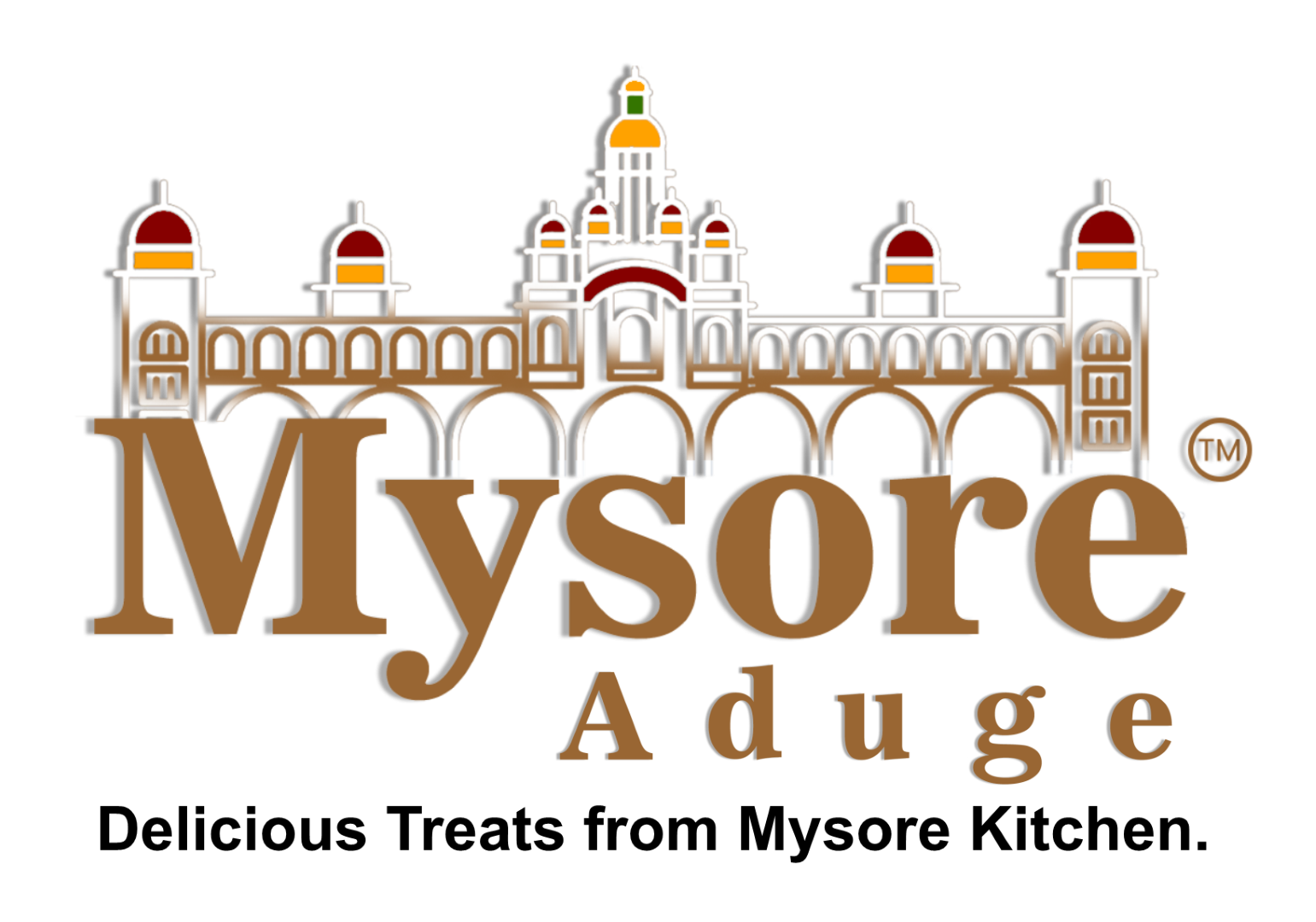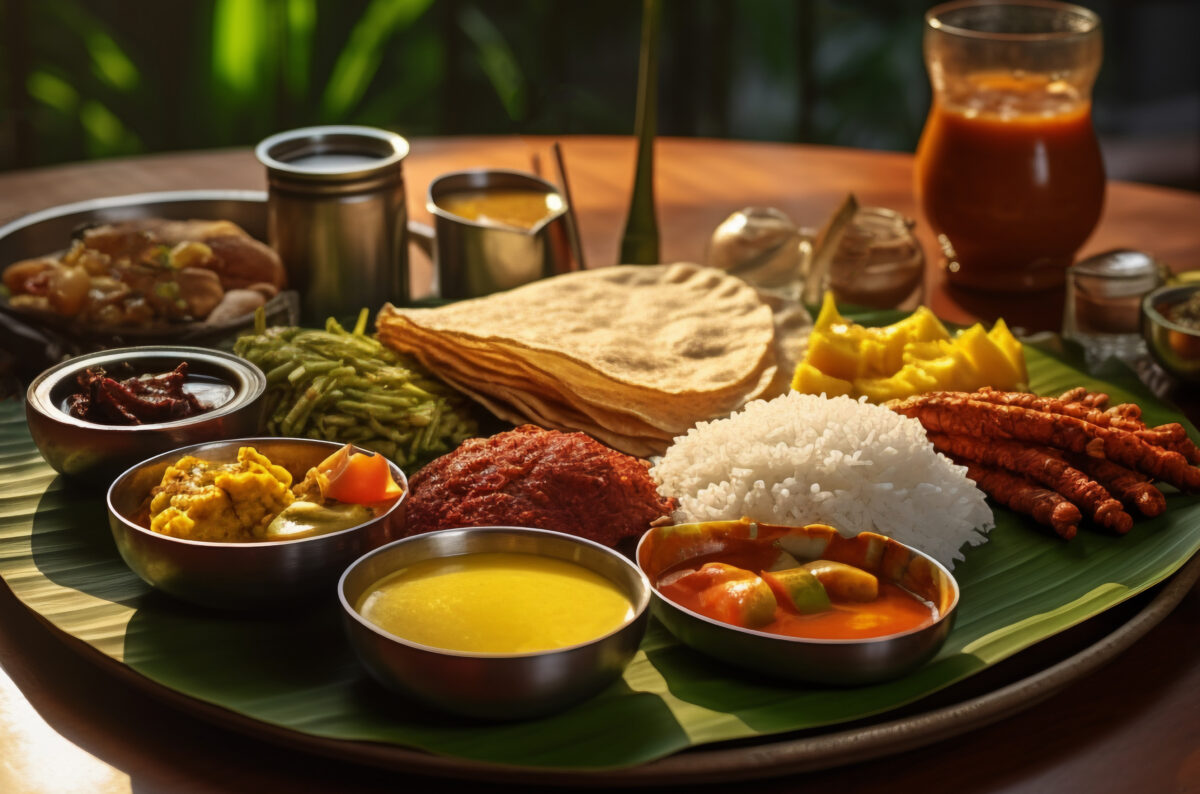
- June 3, 2025
How to Open a Restaurant in India: A Step-by-Step Guide for 2025
If you are looking to enter the vibrant food and beverage industry, knowing how to open a restaurant in India is essential. This process involves detailed planning, from conceptualizing your business to fulfilling legal requirements and building your brand. Whether you want to launch a traditional eatery, a modern café, or a cloud kitchen, this comprehensive guide covers all the critical aspects you need to succeed in 2025.
India’s restaurant sector is growing rapidly with immense opportunities due to changing consumer preferences and increasing disposable incomes. In this article, you will learn the exact steps to open a restaurant in India, including how to prepare a professional restaurant business plan India, secure a mandatory food license India, and strategize your marketing and operations for long-term growth.
Understanding the Industry Landscape
Understanding the current market and trends is a vital first step if you want to master how to open a restaurant in India. The Indian food service industry is one of the fastest-growing sectors, with urban areas witnessing significant expansion.
- Market Potential: Tier 1 cities like Delhi, Mumbai, and Bangalore are saturated but still lucrative, while Tier 2 and Tier 3 cities are becoming hotspots due to increasing urbanization and rising middle-class incomes.
- Emerging Food Trends: Cloud kitchens, which reduce overhead costs by focusing solely on delivery, are on the rise. Healthy eating, organic food, and sattvik vegetarian options have gained traction, similar to offerings in the best South Indian restaurants across India.
- Regional Preferences: South Indian cuisine is becoming extremely popular nationwide, creating a niche for culturally authentic brands like Mysore Aduge. To explore more about this cuisine, check out our South Indian cuisine blog.
Knowing these industry insights will help you make informed decisions, which is a crucial part of learning how to open a restaurant in India successfully.
Creating a Restaurant Business Plan
A detailed restaurant business plan India is not just a formality but a blueprint that guides your entire venture. It helps secure funding, plan operations, and anticipate challenges.
Your business plan should include:
- Executive Summary: A snapshot of your restaurant idea and goals.
- Concept and Menu: Define your cuisine, target customers, and signature dishes. Learn more about popular South Indian traditional food.
- Market Analysis and SWOT: Evaluate strengths, weaknesses, opportunities, and threats based on competitor analysis and customer demographics.
- Financial Projections: Budget for startup costs, operational expenses, revenue forecasts, and profit margins.
Investing time in creating a solid restaurant business plan India will give you clarity on the practical steps to open a restaurant and demonstrate professionalism to investors or lenders.
Legal Essentials & Licenses
One of the most important parts of how to open a restaurant in India is ensuring you have all the legal permissions in place. Failure to comply can lead to fines or closure.
The essential licenses you must obtain include:
- FSSAI License: This food safety certification is mandatory for all food businesses and ensures you meet hygiene and safety standards.
- Trade License: Issued by your local municipal authority, this certifies your business location complies with local laws.
- Health and Fire NOCs: Certificates verifying your kitchen and premises meet health and fire safety regulations.
- GST Registration: Required for taxation and invoicing if your turnover exceeds the prescribed limits.
These licenses can take several weeks to process, so plan accordingly. Having all legal paperwork completed is a critical step to open a restaurant and run it smoothly.
Choosing a Profitable Location
When exploring how to open a restaurant in India, choosing the right location is vital. The success of your restaurant depends largely on where it’s situated.
Consider these factors:
- Footfall: Select a place with high pedestrian traffic to maximize walk-in customers.
- Competitor Analysis: Identify how many similar restaurants are in the area and evaluate whether the market is saturated or if there’s a niche you can fill.
- Accessibility: Ensure easy access by public transport or parking facilities.
- Zoning Laws: Verify local regulations allow for restaurant operations in your chosen area.
You can use tools like Zomato’s heatmaps or Justdial to study customer density and competitors before finalizing your location. For instance, Mysore Aduge has a strong presence with franchise opportunities in Mumbai and Pune. A carefully chosen location is a fundamental part of how to open a restaurant in India that can determine your business’s viability.
Cost Planning & Funding
A crucial part of understanding how to open a restaurant in India is preparing for the financial commitment involved. Restaurants typically require a substantial upfront investment.
Your cost planning should include:
- Kitchen Equipment: Ovens, refrigerators, cooking ranges, utensils, and safety gear.
- Staff Salaries: Hiring chefs, wait staff, and managerial personnel.
- Interior Design and Ambience: Decor, furniture, lighting, and signage.
- Licenses and Permits: Fees associated with obtaining legal approvals.
- Marketing and Promotion: Initial launch campaigns and ongoing marketing.
Funding can come from:
- Bootstrapping: Using your savings or loans from family and friends.
- Angel Investors or Venture Capitalists: For larger-scale projects needing significant capital.
- Government Schemes: MSME registrations provide access to subsidized loans and financial aid.
A clear financial roadmap helps you avoid cash flow issues and aligns with the structured steps to open a restaurant successfully.
Hiring the Right Team
Your restaurant’s success depends heavily on the people you hire. Knowing how to build a capable team is part of learning how to open a restaurant in India.
Key roles to fill:
- Head Chef: Responsible for menu creation and kitchen management.
- General Manager: Oversees daily operations, customer service, and staff coordination.
- Service Staff: Frontline employees who directly interact with customers.
Hiring should focus on not just skills but also cultural fit and customer-centric attitudes. Invest in training programs to maintain service quality and operational efficiency.
Setting Up the Kitchen & Ambience
A functional and inviting environment is essential in how to open a restaurant in India.
Consider:
- Kitchen Design: Plan an ergonomic layout to maximize workflow and ensure food safety standards are met.
- Storage: Adequate space for raw materials and finished products.
- Safety: Fire extinguishers, ventilation, and hygiene facilities.
- Ambience: Choose decor, lighting, and music that complement your cuisine and target market. For example, Mysore Aduge’s traditional South Indian style offers a nostalgic and authentic experience.
Creating a cohesive ambience strengthens your brand identity and appeals to customers.
Marketing Your Restaurant
Once your restaurant is ready, effective marketing will help you stand out in India’s competitive market. This is a critical part of the steps to open a restaurant and scale your business.
Focus on:
- Digital Marketing: Optimize your website for SEO, engage audiences on social media, and get listed on food delivery platforms like Zomato and Swiggy.
- Offline Marketing: Launch events, food sampling, and street banners help build local awareness.
- Collaborations: Tie-ups with food bloggers and influencers to widen your reach.
Well-planned marketing campaigns can accelerate your restaurant’s growth and brand loyalty.
Leveraging Technology
Technology adoption is key in modern restaurant operations and forms a part of how to open a restaurant in India with efficiency.
Utilize:
- POS Systems: Streamline billing, orders, and inventory management.
- QR Code Menus: Enable contactless ordering and reduce printing costs.
- Customer Relationship Management (CRM): Tools like WhatsApp CRM for personalized promotions and loyalty programs.
Smart technology integration boosts customer satisfaction and operational efficiency.
Common Pitfalls to Avoid
Even with proper planning, many restaurateurs face setbacks. Being aware of common mistakes can help you navigate the challenges of how to open a restaurant in India.
Avoid:
- Underestimating Cash Burn: Always keep extra funds for unforeseen expenses.
- Poor Location Choice: Conduct thorough market research before deciding.
- Ignoring Customer Feedback: Listen and adapt based on customer reviews and suggestions.
Staying proactive and flexible is vital to sustain and grow your restaurant business.
Looking for a Trusted Franchise Model? Join the Mysore Aduge Family
If you’re exploring how to open a restaurant in India but want a tested and profitable path, Mysore Aduge offers franchise opportunities that blend traditional South Indian cuisine with modern business practices. Their turnkey model includes support in setup, training, and operations—perfect for entrepreneurs passionate about authentic vegetarian food.
Discover more here: Mysore Aduge Franchise
Conclusion
Knowing how to open a restaurant in India requires a blend of strategic planning, legal compliance, financial management, and customer-focused operations. Following the steps to open a restaurant outlined in this guide—crafting a detailed restaurant business plan India, obtaining the necessary food license India, selecting the right location, and leveraging technology and marketing—will set you on the path to success. With dedication and patience, your dream of running a thriving restaurant in India can become a reality.
Explore Mysore Aduge’s franchise program to start your culinary journey with an authentic and proven business model. Your restaurant’s success story begins today!
Frequently Asked Questions
You must obtain mandatory licenses such as the FSSAI food license India, trade license, health and fire NOCs, and GST registration. Compliance with local municipal laws is also required.
The procedure involves finalizing your concept, creating a restaurant business plan India, securing financing, choosing a location, obtaining licenses, hiring staff, setting up operations, and launching marketing efforts.
Yes, the FSSAI license is mandatory for any food business in India to ensure food safety and legal compliance.
Costs vary widely depending on location and size but typically range from ₹10 lakhs to several crores.
It generally takes 3 to 6 months to complete all formalities, setup, and staffing before opening.
Yes, but thorough research, planning, and possibly franchising with established brands like Mysore Aduge can increase your chances of success.
Common challenges include regulatory compliance, managing cash flow, finding reliable staff, and standing out in a competitive market.
Include clear objectives, market research, menu concept, SWOT analysis, financial projections, and a marketing strategy.







